|
10/6/2018 Travel Mug Tips for Tea FansWe love the teapots and the gaiwans but travel mugs for tea are so important in our busy lives. Just because we are moving from place to place at speed doesn’t mean we can’t have our tea fix. Here are some tips and tricks I’ve used that make using a travel mug a more enjoyable experience. Stay Dry Test that the lid is on tightly BEFORE putting the mug your bag or walking around with it (who has experienced this fail with me?). To make sure you have a good seal after putting the lid on tilt the mug over the sink, or turn it fully upside down if you’re feeling cocky. If it dribbles, runs or pops fully off try securing the lid again. Check your Gasket The thin rubbery rings you find on tea mug lids act as a sealant when working correctly. If they get damaged, out of place or stretched out they don’t work right. Some are replaceable. Check with the manufacturer of your mug before giving up on it and condemning it to the trash bin. Keep it Clean, People Travel mugs often have grooves and moving parts that can hold residue (ick) that can make your tea taste nasty and get in the way of a good seal. Baking soda is a great natural way to remove tea residue from travel mugs (and cups too). You can use an old toothbrush to get into the harder to reach grooves. For the twisty tops, a good soak in white vinegar and water may help get to the places a brush can’t reach. Remember to clean under the gasket too, especially if you have milky teas. That build up is particularly gross. Some Like it Hot If you use a metal, insulated travel mug these can have amazing heat retention. I had forgotten to finish a travel mug of tea and discovered it was still drinkably warm 12 hours later! The only downside to this level of insulating heat is it may take hours before your tea reaches a drinkable temperature. When using these mugs I found it easiest to let the tea cool to a drinkable temp before putting the lid on. If I’m not planning on drinking the tea for a while or have to transport it a long way then I just put the lid on while hot. Some travel mugs are a bit risky to use if the lid is put on while the tea is piping hot. The heat can create a seal where either the lid is very hard to remove or when it is removed it tends to cause the spillage of scalding hot tea. Ouch. Turn Up the Heat If your mug doesn’t do a good job of retaining heat give it a boost by heating the mug before putting your tea in it or steeping your tea in it. This is just like you would heat a teapot (if you’ve not tried this it could be one the reasons your tea sucks) Play Tetris If you have one of the ridiculously shaped travel mugs that won’t fit in a standard car cup holder, there are gadgets that can be attached to car windows which are adjustable so that you don’t have to do the dangerous drive with your scalding hot beverage between your legs thing. That’s ridiculous. Don’t Cross the Streams I have nothing against coffee. I have had good times with coffee also (Don’t worry. Tea knows and is ok with it). But when it comes to odors and residues, tea is like the clean, coiffed girl at the gym and coffee is the guy that gets on the elliptical next to you and smells so strong you have to move, not to another machine but to another room...and want to make sure you clean every machine you use before you use it (you do that, right?). Coffee lingers. The smell. The oils. So unless you want a stale coffee-laced tea keep your tea and coffee travel mugs separate. What tips have you discovered in your travel mug experience? Share with us on FB and Twitter. Together we can create a better tea experience. Cassandra VincentI'm a singer, performer, writer who loves tea, sharing while I continue to learn. Email for business inquiries. 8/24/2017 Yixing 2 - Choosing a Teapot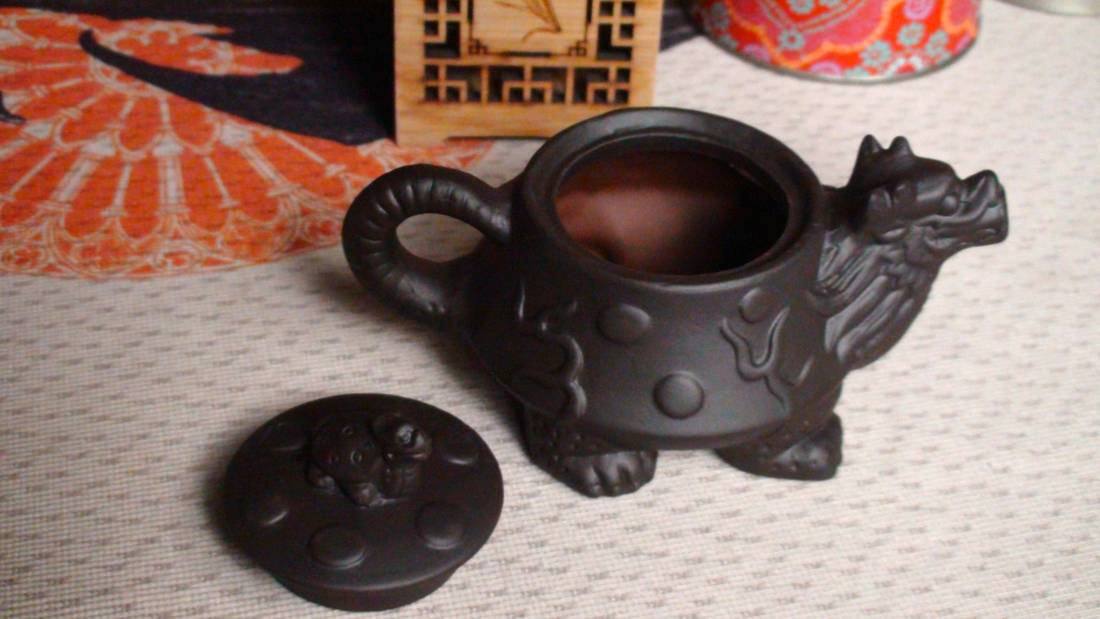
by Cassandra Vincent
As this is a section of tea with deep history, specific materials and methods the choosing of a teapot can feel overwhelming. I felt that just deciding to start was better than getting lost in the details completely. So I am learning as I go and sharing that experience with you. Join me down the rabbit hole, luvvies! I ordered my first Yixing teapot from a Chinese vendor online, but I admit that I am not familiar with the artist’s stamp (which appears on the bottom of the teapot) nor have I been able to verify its authenticity. To my knowledge, the clays in modern Yixing teapots are often mixed, called Pingni, blending natural clays (Yixing earth clay and zisha clay) and even artificial colors. Some pots touted as Yixing have very little Yixing clay in the mix and may even include lead. I suggest that you do your research if that concerns you and be as informed a consumer as you can be in this aspect of tea culture. Price is an indicating factor and the range is wide. I’ve seen these teapots everywhere from $10 to thousands for vintage ones or those from famous artists. I even saw some being sold online that were from a discovered shipwreck dating back to the 1800s. You have many options on what to spend and where to purchase. If you have a local tea shop that sells Yixing teapots ask them for more information on the pots they sell prior to purchase. I stopped by Wing Hop Fung recently. They have displays of Yixing teapots with placards including details on some of the artists. The placards were entirely in Chinese though so you may need to bring a Mandarin-reading friend with you on your Yixing teapot shopping trip if you, like me, cannot read Chinese. 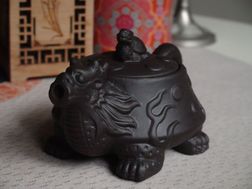 dragon Yixing teapot dragon Yixing teapot
The teapot I ordered online was a fanciful dragon teapot with a dark purplish-brown colour. I noticed this tone was referred to as ‘black’ in other places.
There are many variations in color of Yixing teapots. Plain Yixing earth-clay is white while zisha comes in a variety of colors, though artificial colorants are also used. Even the temperature of firing will affect the color. The high-temp fired ones I have seen look brighter. Low fired, rougher textured, darker pots often using inferior clay are said to be better for the dark teas like black and puerh. Higher temperature firing of finer clay is touted as best for the less processed tea categories like oolong, green and white.
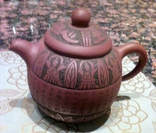 artfully textured Yixing teapot artfully textured Yixing teapot
These teapots tend to be smaller and designed for gong fu style tea (aka kung fu or gongfu) steeping where more leaves are used in a smaller amount of water than in Western style steeping. In this style steeps tend to be short, like a 10 second initial steep for example.
With gong fu in a Yixing teapot you can enjoy multiple steepings of good quality tea where the flavor evolves pot after pot. The leaves release their character gradually as the pot absorbs more and more of the tea’s essence. I encourage you to check your local tea shops, trusted online vendors or even just find a teapot that makes you smile when you look upon it and begin this satisfying journey. I look forward to sharing more posts on Yixing as my experience unfolds. Check out my first post on Yixing for curing and basic info and feel free to share it and share your Yixing experience with us on Facebook and Twitter. Note: The non-Tea Deviant links in this post are not affiliate links and this is not a sponsored post. These links are included because I feel they support the further understanding and exploration of the subject in this case. by Cassandra Vincent
I have my first of what I hope to be many yixing teapots and I am eager to share what I am learning. The experience and detail of what it is to have tea in a yixing teapot is complex and ever-evolving for many reasons. Let’s start with a base: Yixing is an area in eastern China and the clay for yixing teapots, if they are authentic, is mined there. Zisha is the purple clay used for yixing teapots, though in the end they can appear anywhere from yellow to green to terra cotta to brown to deep purple (what?! ). This zisha clay is special in that it is porous and holds heat well. Therefore the oils of the tea brewed in a yixing teapot leave behind some of their essence and, over time, the pot becomes infused with more and more tea flavor such that it is an ever changing experience to drink from it. Very unique. Very cool. This is one of the reasons it is common to dedicate a particular yixing teapot to a particular tea or at least a particular category of tea i.e. “I will only drink oolongs from this teapot”(I don’t think you need to make a solemn vow as such. Just whatever pact between you and your pot that works for you). The teapot is to be cured before use, kind of like a cast iron skillet, but the teapot is cured with water and tea not oil. It is a bit of a process dipping into boiling water first then steeping in tea, but as a yixing teapot is something to be enjoyed for years to come, for the tea drinker this ‘ceremony’ can be a fun one. I found multiple resources on curing yixing teapots, with minor variations to each so I did a blend of what felt best:
Some important points:
Another conclusion I came to was not to use any flavoured teas – there is such a range of quality with these and not all use natural flavourings that I am inclined to just plain leave them out. I am dedicating my first pot to the oolong category (no flavoured ones) but not one particular oolong tea. Perhaps I will save that for later in my tea journey when I discover one I feel so passionate about. This is just the beginning of what is a deep aspect of tea with a long history. I’ll be doing a series of posts on my exploration of the yixing tea experience because it is so deliciously detailed. Grab a pot of your favourite tea and join me. If you have a yixing pot you love, share a picture of it with us on Twitter, Facebook or Pinterest. Cheers! 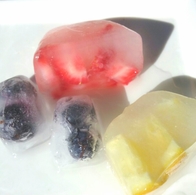 by Cassandra Vincent Though not created in America, iced tea became popular at the 1904 World’s Fair and has remained a major fave for US summers since. I don’t drink iced tea often but when I do I like messing with it…a bit. Here are some ways to play with your iced tea this summer. CHANGE UP THE SWEETNESS I really prefer more natural sweeteners like raw honey and unrefined cane. They add flavor in addition to sweetness that makes for a very different drink. Here are a few ideas: Raw Honey The type of honey can make a big difference in tea. One of my favorite raw honeys that seems to pair well with many teas is Orange Blossom honey – it doesn’t have an overwhelming note like eucalyptus honey or neem honey, but is still rich in flavor and adds that almost caramel-like aspect. It is really great with black teas, but I have also found it to be delish with bolder oolongs and matcha blended teas. Some of the more herbal honeys like eucalyptus and sage go well with select herbal teas and more basic black teas which let the herbal aspects shine. Unrefined Cane Brown sugar, sugar in the raw type cane also adds caramel-like notes in addition to sweetness. I like making ice cubes with a simple syrup made from this and using a decorative ice cube mold. My Doctor Who ice cube tray holds 1 cup of water (nod to fellow Who fans out there). I mix 2 Tablespoons of the sugar in the raw with 1 Cup water and gently melt the sugar over low heat and fill the tray with that. The slow release of sweetness in the cup creates a changing flavor experience while drinking. Stevia Sometimes I just don’t want the calories or glycemic jump of any sweetener and this is where stevia is great. It can be bitter, but for some reason it works exceptionally well with citrus fruit. So I like using stevia in my iced tea with lemon or in a half-n-half of tea and lemonade. All the sweetness, none of the spike. Fruit The natural sweetness of fruit is sometimes all you need. I like putting strawberries, blueberries and lemons in ice cube trays and freezing the fruit in the ice. As the cubes melt the fruit thaws and releases flavor into the tea all while looking festive doing it. You could do this with herbs and fruit also. I like blackberries and sage together in a black tea and lemon and mint in green or black. I’ve also used blueberry and sage in a Sencha green tea with great results. CHANGE UP THE TEA Use a Different Type Though the standard basic black makes great traditional iced tea, you can try any tea iced. It is really just a matter of preference. I made iced tea with an organic puerh that made a rich, mellow and earthy drink that was bold enough to take honey really well without losing its nuances. Flavored teas can excel iced also. A friend gave me an iced lychee oolong that bowled me over as I usually don’t like flavored oolongs. The balance was just right and good alone or sweetened. White teas make a delicate twist on the iced experience whether flavored or plain. So switch it up and see what works for you. Change the Amount Some people use the same amount of tea per volume of water to make their iced tea. I tend to like mine a bit stronger especially if I am going to be using a lot of ice. Using loose tea gives a lot of freedom here to discover what pleases your palate. CHANGE THE WAY YOU BREW Though I like the traditional hot brew – made strong and cold water or ice added after – cold brewing changes the game. I use the same amount of tea per volume of water that I would use for a regular hot brew, put it in filtered room temp or cold water in a closed container in the refrigerator for between 8 and 24 hours. Cold brew releases minimal amounts of the harsher compounds that can make tea feel like it could exfoliate your stomach. Without those compounds the flavor is much mellower. I particularly like cold brew green tea. Sencha is glorious cold brewed. Here is more on cold brew with links to the science of it if you are interested in taking this fun plunge. SPIKE IT Nothing like a quality alcohol laced iced tea. Beyond the wonderful classic mint julep here are a couple of my favorites: Sencha green tea with vodka and muddled blueberries and sage and a bit of sweetener Russian caravan black tea with bourbon and either a touch of unrefined sugar or honey However you shake, brew, sweeten or spike it I wish you a cool and delicious holiday and summer tea – Happy Independence Day America! |
AuthorCassandra Vincent CategoriesAll Classic Tea Flavored And Funky For Love Of Tea Herbs Infusions Lifestyle And Health Matcha Meditative And ASMR Sessions Recipes And Uses Specialty Tea Brands Spices Tea Accessories Tea Adjacent Tea And... Tea And A Laugh Tea And Art Tea And Holidays Tea And Music Series Tea And TV Tea Around The World Tea Cocktails Tea Events Tea In Film Tea In History Tea Innovations Tea Pros Tea Shops/Shops With Tea Tea Types Teaware |
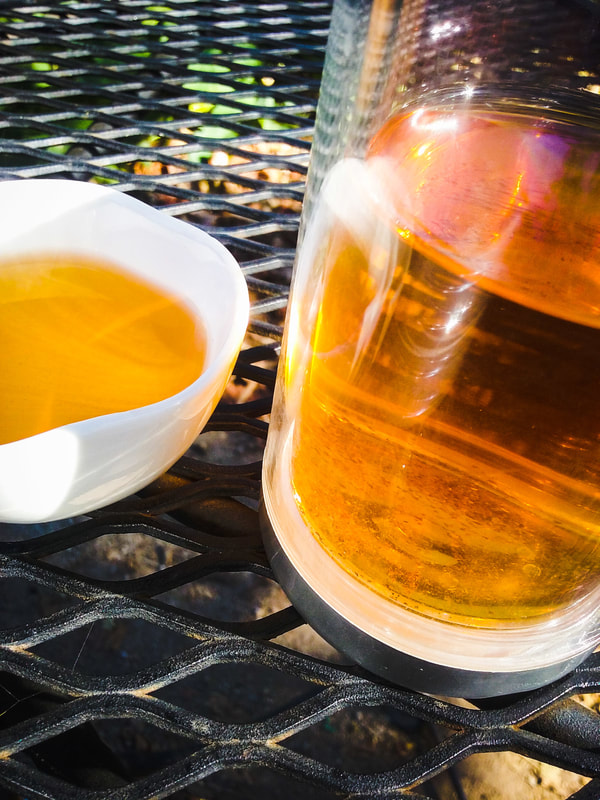
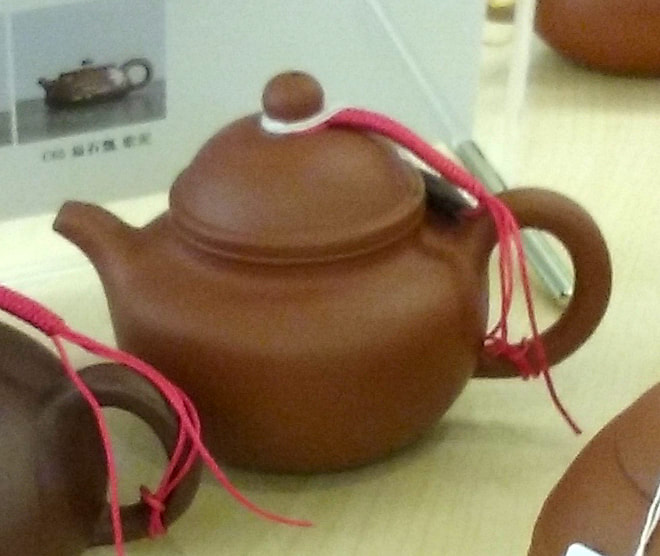
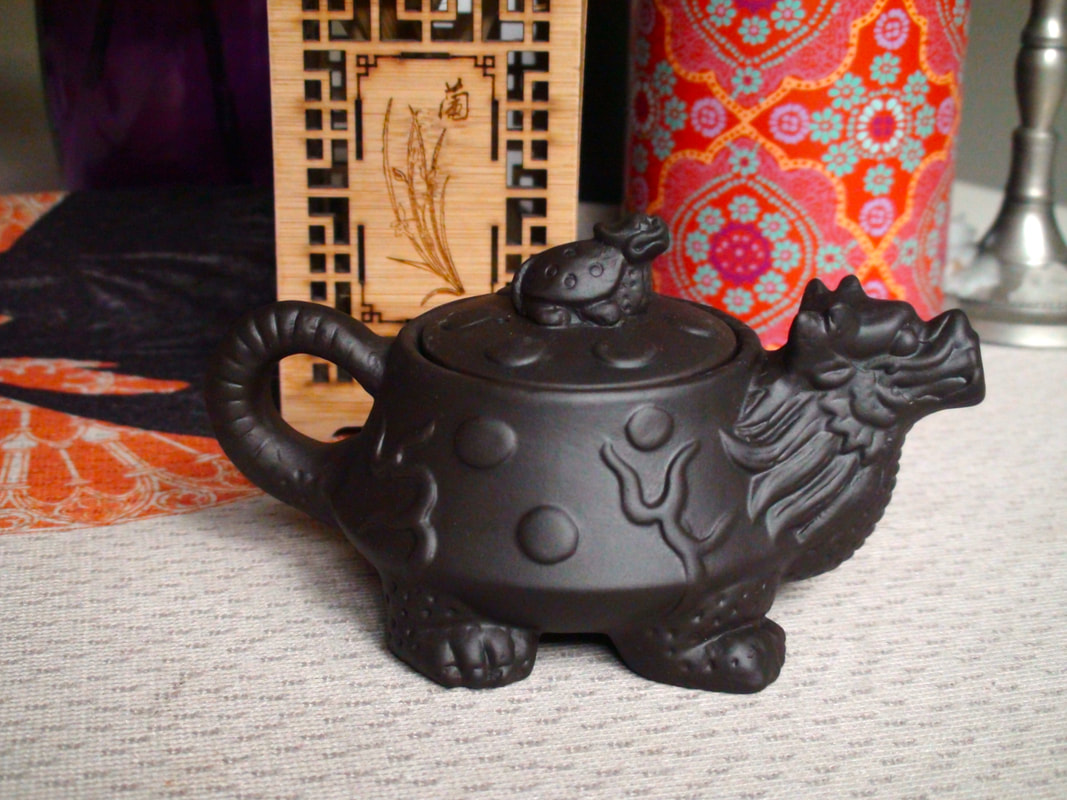
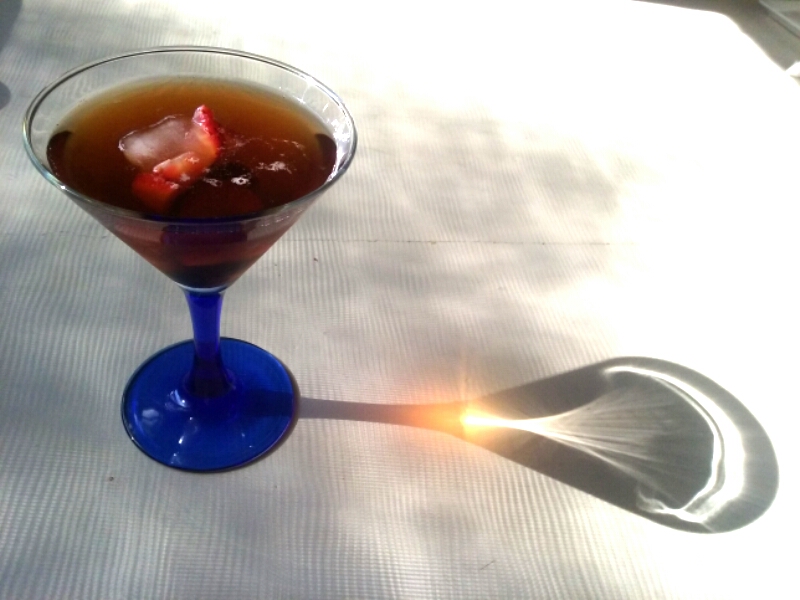
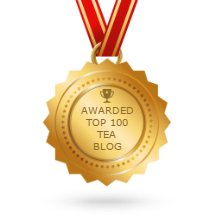
 RSS Feed
RSS Feed